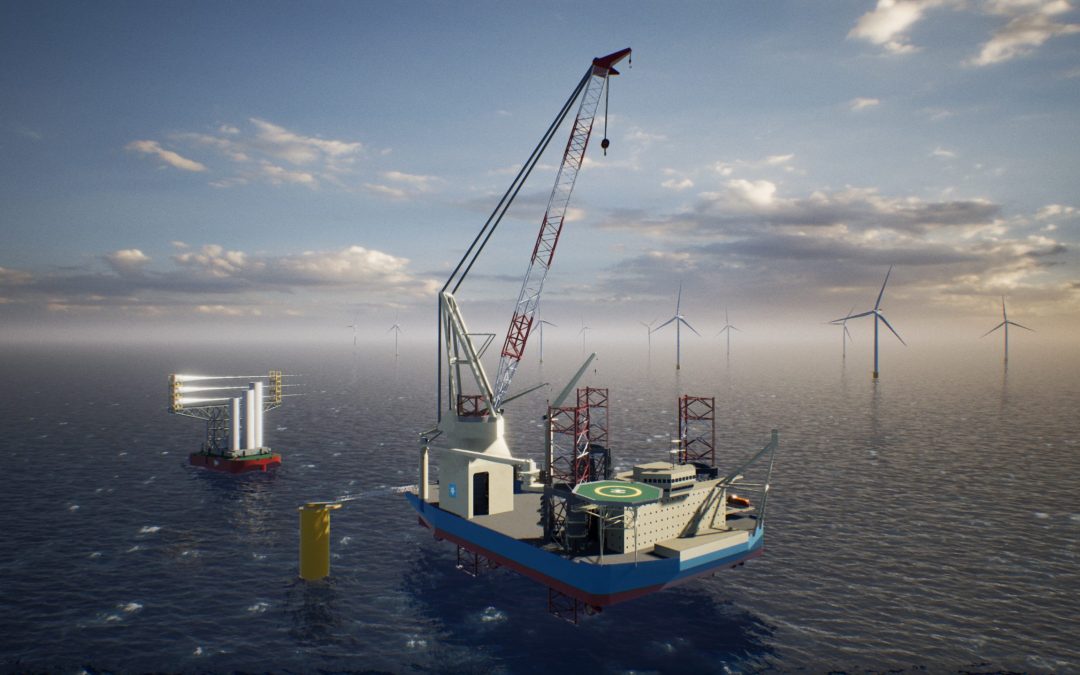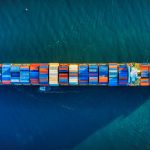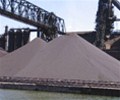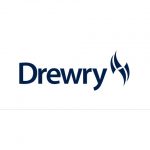Maersk Supply Service, a unit of A.P. Moller-Maersk, will construct its first offshore wind turbine installation vessel (WTIV) following a contract award from Equinor and BP in the United States.
The vessel will be built by SembCorp Marine in Singapore with the steel-cutting ceremony set for later this year. Delivery of the vessel is expected in 2025.
The investment from Maersk Supply Service comes after Maersk was awarded a contract from Equinor and BP to install turbines for the Empire 1 and 2 wind farms off of New York State, together with U.S. partner Kirby Corporation.
Maersk Supply Service says its has been developing the innovative concept for Wind Installation Vessel since 2019. The vessel will be designed to use feeder vessels to supply components, a method that will be 30% more efficient than using conventional jack-up vessels, according to Maersk Supply Service.
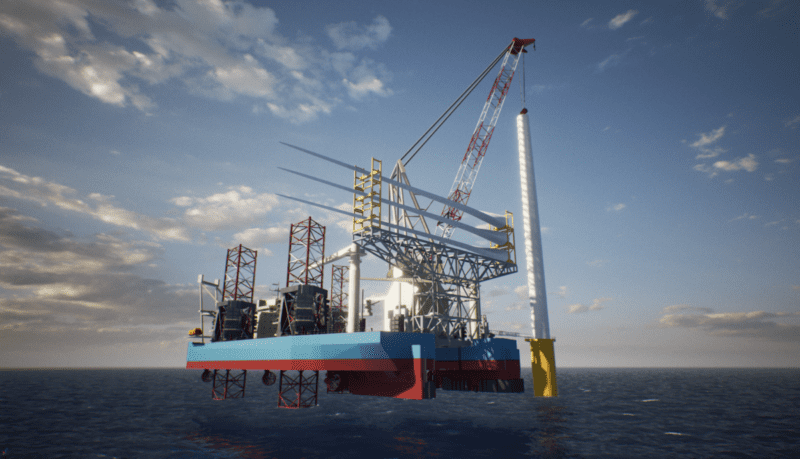
The ABS-classed vessel will feature a patented load transfer system allowing for the safe transfer of cargo. Two newbuild tugs and barges will transport wind turbine components from shore to the Wind Installation Vessel, which will remain on location offshore to carry out successive installations.
The vessel will be designed with capacity to handle components for next-generation of turbines of 15 megawatts (MW) and greater. The WTIV’s jacking units, load transfer system and crane will be provided by NOV.
For the Empire 1 and 2 projects, Maersk Supply Service has partnered with Kirby Offshore Wind, a subsidiary of Houston-based Kirby Corporation, which will own and operate the two tugs and barges in compliance with the Jones Act.
Today’s announcement from Maersk Supply Service comes as the offshore wind sector is facing a potential shortage of the specialized vessels needed to the increasingly larger and more powerful wind turbines—a shortage that could cause bottlenecks in the sector from 2024, according to Rystad Energy.
“In signing this contract with Equinor and bp, we are ready to invest in Maersk Supply Service’s first Wind Installation Vessel and firmly establish Maersk Supply Service as an offshore wind contractor,” said ays Steen S. Karstensen, CEO of Maersk Supply Service. “Offshore wind continues to play an increasingly important role for Maersk Supply Service – both floating wind and bottom-fixed. With our legacy of complex project management and operations in harsh waters, Maersk Supply Service’s background and capabilities are well-matched to the offshore wind industry.”
The new Wind Installation Vessel will mark Maersk Supply Service’s first newbuild investment dedicated entirely to the offshore wind industry.
By using feeder vessels, the WTIV will be able to operate in the nascent U.S. offshore wind market without a U.S. Coast Guard coastwise endorsement. This method has emerged in the U.S. due to the lack of Jones Act-compliant WTIVs (currently there is only one in the pipeline) even as more and more projects are planned in U.S. waters.
“The new feeder solution equips Maersk Supply Service with a methodology that ensures a radically more efficient installation, which will in turn enable developers to release their supply chains more quickly and lead to faster revenue generation from their windfarms,” said Jonas Munch Agerskov, Chief Commercial Officer at Maersk Supply Service. “All of this will contribute to bringing down the levelised costs of offshore wind. The solution is also less weather dependent, allowing installation all year round. The feeder methodology has been designed in-house and patented by Maersk Supply Service, and is a real credit to the innovation and hard work of the teams involved.”
Both Maersk Supply Service and Kirby will also look into making it possible for the Wind Installation Vessel, tugs and barges to operate on climate-neutral fuels, such as green methanol.
While Maersk did not disclose the cost of the newbuild, modern WTIVs have a history of costing between $300 million and $500 million.
Sembcorp Marine announced last week it had secured an order to construct a next-generation WTIV for an undisclosed customer, marking its first order ever for this vessel type.
“We are grateful for the confidence our customer has placed with Sembcorp Marine to bring this breakthrough WTIV design to the offshore wind market,” said Wong Teck Cheong, Senior Vice President of Sembcorp Marine Rigs & Floaters. “The Group looks forward to continuing the close collaboration with our customer to execute this project and contribute to the pace of energy transition.”
Source: gCaptain

